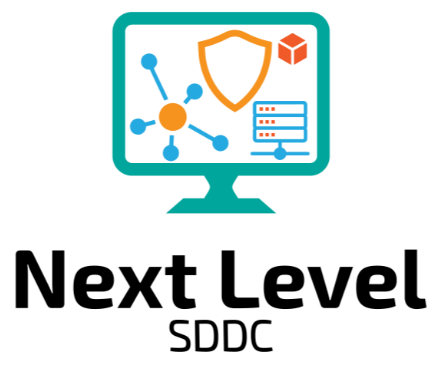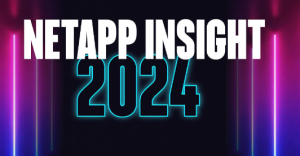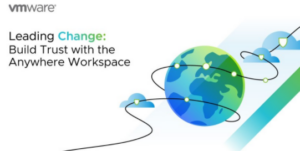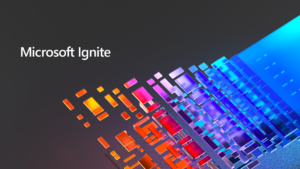Some of the VMware Explore 2023 announcements have been published before the official keynote taking place a few minutes from now…To read about some of them, feel free to use the links below. Blog will be updated as more announcements are released live.
- VMware Private AI Foundation
- Full-stack platform that includes everything needed to build, train, customize and deploy an AI model out of the box
- The platform is expected to empower enterprises to run proven models trained on their private data
- This will address corporate data privacy, security and control concerns that many have
- Scale up to 16 vGPUs/GPUs in a single virtual machine
- Multi-cloud availability with validated designs focused specifically on Gen AI
- “Generative AI and multi-cloud are the perfect match,” said Raghu Raghuram, CEO
- VMware intends to release this platform (VMware Private AI Foundation) with NVIDIA in early 2024
- Official VMware announcement link here
- Official Nvidia announcement link here
- My thoughts: Gen AI is here to stay, so having a turnkey solution will be crucial for organizations that have an immediate use for it. Slowly, every company will need AI to survive, otherwise they will start to fall behind.
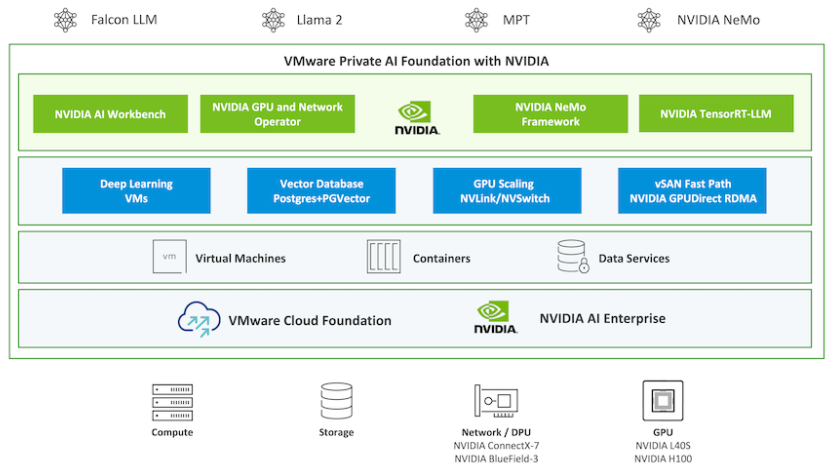
- vSAN Max
- What is VMware vSAN Max? optional disaggregated storage deployment model built on vSAN ESA
- Why vSAN Max? Keep your compute and storage separate, and expand out/up only where and when needed
- Capability to provide up to 8.5PB and 3.6M IOPS per cluster
- No vSphere licensing needed for the cluster hosts, only Capacity based licensing
- Grow the number of storage controllers (each host is a controller) along with capacity along the way
- This technology is great for large sets of data (7x hosts is the minimum recommended size, 14x for stretched)
- 100GbE is required for ESA architecture, but your compute hosts only need 10GbE to mount the datastore
- Official VMware link here
- My thoughts: Great option for certain use cases. 100GbE networking speeds allow for this architecture to provide the performance, resiliency and outcome that 10GbE has struggled with in the past.

- vSphere 8 Update 2
- ESXi Lifecycle Management Service is a cloud service that enables admins to centrally orchestrate updates across their entire fleet of ESXi hosts
- Reduced Downtime for vCenter Upgrades, reduced from hours to minutes. This feature will allow all the vSphere admins to perform upgrades on a more often cadence
- GPU per VM maximum has been increased from 8 to 16
- DRS is now able to have GPU awareness and balance its workloads accordingly
- Official VMware announcement link here
- My thoughts: I love the fact that they are implementing the same vCenter upgrade process used when upgrading to the next major release since it creates a second VM and validates everything is successful there before causing any downtime. Worst case scenario when an upgrade fails with this method, means zero downtime, just an upgrade retry down the road once the root cause has been identified and resolved.
- vSAN ESA 8 Update 2 (upcoming release)
- Up to 30% improvement through multiple platform enhancements
- single object streaming write performance improvements
- enhancements to the distributed object manager client
- Support for file services will be available in vSAN ESA on this new release
- Looking for Edge infrastructure? ESA now supports 2-node deployments with 10GbE networking and lower-endurance “Ready-Intensive” storage devices for sites that may not have I/O intensive applications
- Witness host appliance traffic configuration will be available in the UI (previously CLI only)
- Simplified day 2 operations with enhanced management with streamlined issue detection
- Improved capacity reporting introduced (look out for “ESA object overhead” in the capacity dashboard)
- Official VMware announcement link here
- My thoughts: I really hope that VMware continues to focus on the vSAN ESA architecture. Much more simple, resilient and performing, in my opinion. I am also hoping that this new architecture is introduced in the VMware Cloud providers soon (VMC on AWS, AVS, GCVE, Oracle, IBM, Equinix, etc…).
- Up to 30% improvement through multiple platform enhancements
- VMware Edge Cloud Orchestrator (formerly VMware SASE Orchestrator)
- Unified management for VMware SASE and the VMware Edge Compute Stack
- Bridging the gap between edge networking and edge compute
- Single console to manage edge compute infrastructure, networking, and security
- Simple zero-touch installation and a zero-trust, pull-based architecture.
- Official VMware press release link here
- Official VMware announcement link here
- My thoughts: I am a huge believer of standardization so personally is be something that I will stand behind 100% to guarantee that these environments keep the same configuration after being initially deployed. It will also simplify deployment of hardware where engineers may no longer even have to travel to the sites (maximizing their time), and anyone available on-site will be able to follow some directions to rack and cable these servers, and let them automatically configure
- VMC on AWS: Advanced subscription tier
- What do you get with your VMC on AWS subscription already?
- VMware SDDC software (vCenter, vSphere, NSX, vSAN), Bare metal AWS host, HCX, Tanzu Essentials
- So…what else do you get with this Advanced subscription? Great question! Solutions included below:
- VMware Aria Products: Automation, Operations, Operations for Logs and Migration (30-Day Trial)
- Advanced security capabilities: Context-aware micro-segmentation, Distributed FQDN allow-listing, User Identity-based Firewall (IDFW)
- Advanced networking: NSX+ Policy Management
- As you should know, i3.metal host types are being phased away so this is only available for i3en and i4i hosts.
- Best Part? The pricing for this Advanced subscription is same as previously offered for basic subscription!
- Official VMware announcement link here
- My thoughts: More for less, why not?! VMC on AWS has already proven to be a great solution for multiple use cases, and with the addition of the Aria product line, it makes it that much more appealing. Want to move to the cloud without spending years and a fortune? Need an affordable DR solution? How about on-demand infrastructure for the busiest times of the year? VMC on AWS is the answer to all those questions. I truly hope to see a new host type with vSAN ESA architecture being offered in the near future though!
- What do you get with your VMC on AWS subscription already?
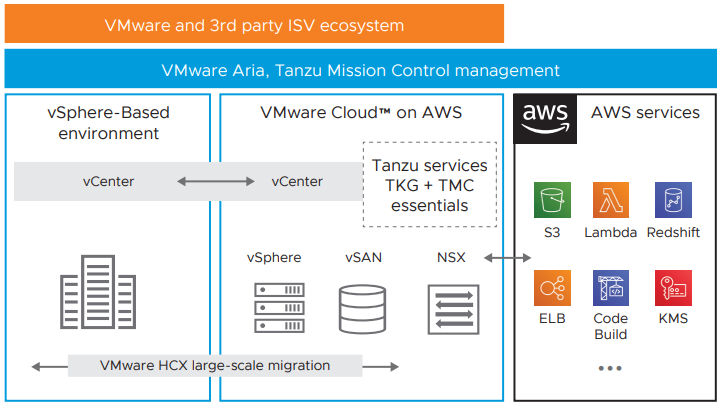
- Cloud DR and Ransomware Recovery
- Multi-VM Ransomware Recovery: Introducing bulk VM processing for Ransomware Recovery
- Cybersecure Storage: What does that mean though?
- Tech preview will shorten recovery times by integrating recovery’s workflow with vSAN snapshots
- It will also deliver delta-based transfer optimizations, which will reduce bandwidth required and overall storage consumption
- Capability to auto-replicate your data, and also auto-identify best baseline snapshots to recover from is my favorite feature being introduced though!
- Run Production Workloads in the Cloud: Restore and keep running your production VMs in the cloud (recovery SDDC) until the primary site has been fortified and forensics are completed
- In addition, Cloud DR and VMware Ransomware Recovery now protect Google Cloud VMware Engine (Generally Available) and AWS Outposts (Tech Preview)
- Official VMware announcement link here
- My thoughts: Even though VMware is not a cybersecurity company per say, this product is really slick. I played with it myself on the Hands on Labs sections and was truly blown away with the features and maturity of the product. Test restores, entropy rating, change rate tracking, easy failover are just some of the many features included with this DRaaS solution.

- VIA (also known and VMware Interactive Assistant)
- “VMware is introducing Intelligent Assist, a family of generative AI-based solutions trained on VMware’s proprietary data to simplify and automate all aspects of enterprise IT in a multi-cloud era. The Intelligent Assist features will be seamless extensions of the investments enterprises have made in VMware Cross-Cloud Services and will be built upon VMware Private AI. VMware products with Intelligent Assist are expected to include:
- VMware Tanzu with Intelligent Assist (Tech Preview) will address the challenges of multi-cloud visibility and configuration by allowing users to conversationally request and refine changes to their enterprise’s cloud infrastructure.
- Workspace ONE with Intelligent Assist (Tech Preview) will empower users to create high-quality scripts using natural language prompts for a faster and more efficient script writing experience.
- NSX+ with Intelligent Assist (Tech Preview) will allow security analysts to quickly and more accurately determine the relevance of security findings and effectively remediate threats.”
- Bullet points below were copied from the official VMware article located here
- My thoughts: ChatGPT on my VMware consoles? Sign me up! Let’s face it, we cannot be experts in every single product out there, so having a helpful assistant will truly benefit everyone. Leverage it to locate VMs, rules, objects, policies, IP addresses, tags, and much more.
- “VMware is introducing Intelligent Assist, a family of generative AI-based solutions trained on VMware’s proprietary data to simplify and automate all aspects of enterprise IT in a multi-cloud era. The Intelligent Assist features will be seamless extensions of the investments enterprises have made in VMware Cross-Cloud Services and will be built upon VMware Private AI. VMware products with Intelligent Assist are expected to include:
- VMware Aria Operations
- NSX+ A Simpler Path to Consistent Multi-Cloud Networking (originally called Project Northstar)
- Cloud-delivered networking, security, mobility and advanced load balancing as-a-service
- Single cloud console across private, hybrid, and public clouds
- Services include:
- NSX+ Policy Management
- NSX+ Intelligence
- NSX+ Network Detection and Response (NDR)
- NSX+ Advanced Load Balancer (ALB) Cloud Service
- Official VMware announcement link here

- Cloud Flex Storage on AWS
- VMware’s fully managed NFS storage service announced 1-year ago just got better!
- Starting at 25TiB up to 3.2PB usable storage between 4x separate datastores per SDDC (800TiB each)
- Current 400TiB datastores will be soon expandable up to 800 TiB with zero disruption
- Current single datastore limit will be increased from one to four per SDDC
- Official VMware announcement link here
- My thoughts: Disk space limitations when considering VMware Cloud on AWS are now in the past! There has been cases where light compute with heavy data footprint were an automatic disqualification for VMC on AWS, but that is no longer the case with this simplified storage as a service approach.
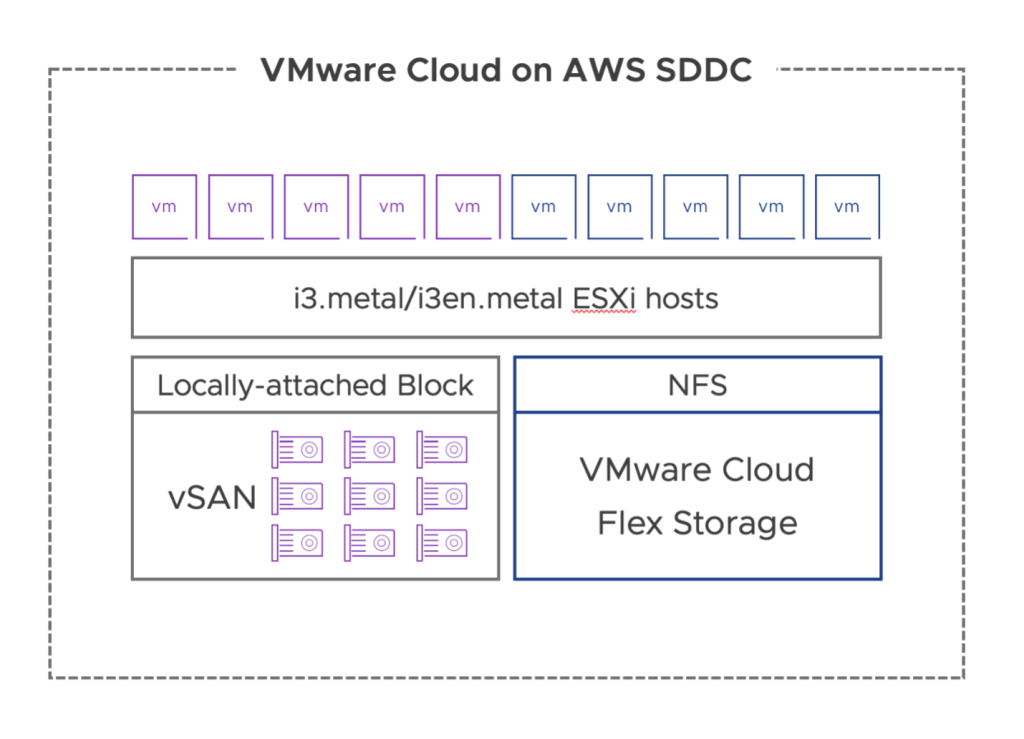
- Greenplum 7: The Next Big Leap in Data Warehousing, Big Data Analytics, and AI/ML
- Seamless data scalability designed to accommodate data volumes that range from terabytes to petabytes
- Multi-workload handling such as light transactions, heavy warehousing, machine learning, and advanced analytics.
- Deployment flexibility supporting deployments public cloud, private cloud, VMware vSphere, or bare metal
- Performance improvements leveraging Samsung’s Gen-5 NVMe drives by reducing of I/O bottlenecks
- Official VMware announcement link here
- Azure VMware Solution (AVS)
- AV64 node is coming in October 2023, with early access available now in limited regions. Node type will include Intel Xeon Platinum 8370C CPUs with a total of 64 physical cores, 1 TB of memory and 19.2 TB of total storage
- Pure Cloud Block Store for Azure VMware Solution is now in public preview
- Azure Arc-enabled VMware vSphere has a new refresh for the public preview
- Stretched Clusters for Azure VMware Solution is now available
- Customer-Managed Keys for Azure VMware Solution is now available
- Azure VMware Solution is now in 30 regions (more than any other cloud provider)
- Official Microsoft announcement article can be found here
- My thoughts: AVS is quickly catching up to VMC on AWS, even though it is two full years behind. It also allows more integrations from third party vendors like Pure Cloud Block Store, Zerto, and others that VMC will not support due to networking and host restrictions. As we can see, AVS has more flexibility for third party software integration, while VMC on AWS has other native benefits like Cloud Flex Storage.

- Hugging Face partnership
- “VMware is collaborating with Hugging Face to help launch SafeCoder today at VMware Explore. SafeCoder is a complete commercial code assistant solution built for the enterprise that includes service, software and support. VMware is utilizing SafeCoder internally and publishing a reference architecture with code samples to enable the fastest possible time-to-value for customers when deploying and operating SafeCoder on VMware infrastructure.” Quoted from the following VMware article located here
- Full article from Hugging Face here
